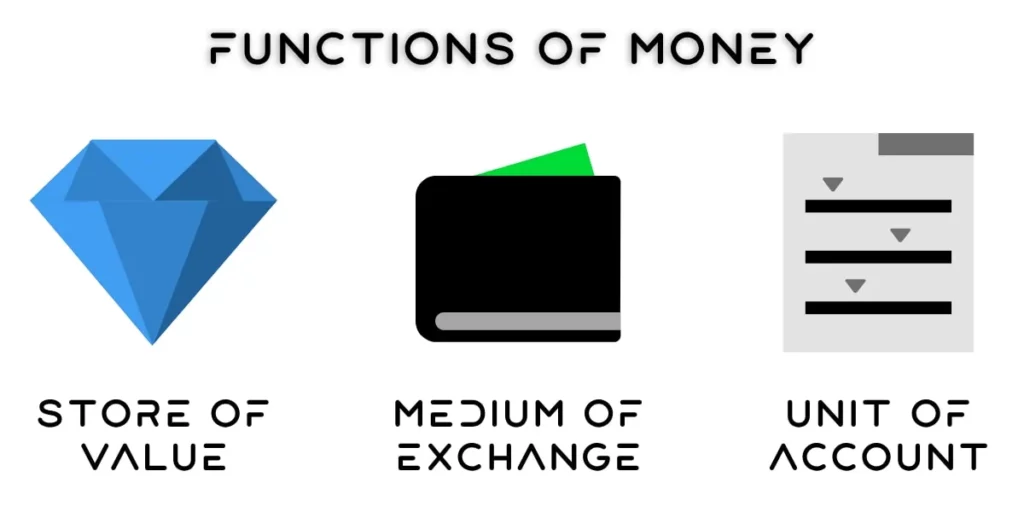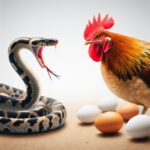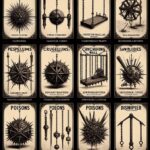Yes, you read that right. You will never create money. Why? Because the power to create money is vested in the hands of the central bank. We, as individuals or businesses, can only acquire money from others through transactions, services, or as a form of income.
Understanding Money
Money is a medium of exchange that allows people and businesses to obtain what they need to live and thrive. It is used as a medium of exchange between individuals and entities. It’s also believed to be a “store of value” and a unit of account that can measure the value of other goods. But what does this all mean?
Medium of Exchange
As a medium of exchange, money facilitates transactions. It’s an intermediary instrument used to buy and sell goods or services. This function of money has simplified trade, as it eliminates the need for a coincidence of wants required in barter systems.
Store of Value
Money is a store of value, meaning it has the ability to hold value over time. This allows people to save and use it as needed. It’s a way to transfer purchasing power from the present to the future.
Unit of Account
Money serves as a unit of account, something that can be used to value goods and services, record debts, and make calculations. It provides a standardised measure of value, which simplifies the process of comparing and valuing goods and services.

The Role of Central Banks in Money Creation
The central bank, such as the Federal Reserve in the United States, is responsible for controlling the supply of money. They create money by purchasing securities on the open market and adding the corresponding funds to the bank reserves of commercial banks. The central bank can also affect the amount of money directly through purchasing assets or ‘quantitative easing’.
Open Market Operations
Open market operations involve the buying and selling of government securities. When the central bank buys these securities, it adds to the reserves of commercial banks. This increases the amount of money that banks can lend, effectively increasing the money supply.
Quantitative Easing
Quantitative easing is a more unconventional method of money creation. It involves the central bank buying financial assets from commercial banks and other private institutions, which increases the prices of those financial assets and lowers their yield, while also increasing the money supply.
Conclusion
While we cannot create money, understanding how money works can empower us to make informed financial decisions. Remember, money is not just about possession, but about circulation and exchange.
What are your thoughts on money? What do you think about money? Please tell us in the comment section below. We’d love to hear from you!
References:
- Understanding Money: Its Properties, Types, and Uses – Investopedia
- How Does Money Work? | Rich Dad
- What Is Money? Definition, History, Types, and Creation – Investopedia
- What Is Money? – Principles of Economics – Open Textbook Library
- Explainer: the real role of banks in money creation
- Understanding How the Federal Reserve Creates Money – Investopedia
- Money creation in the modern economy – Bank of England
- What Central Banks Do – Investopedia
- Money as a Unit of Account – Study.com











